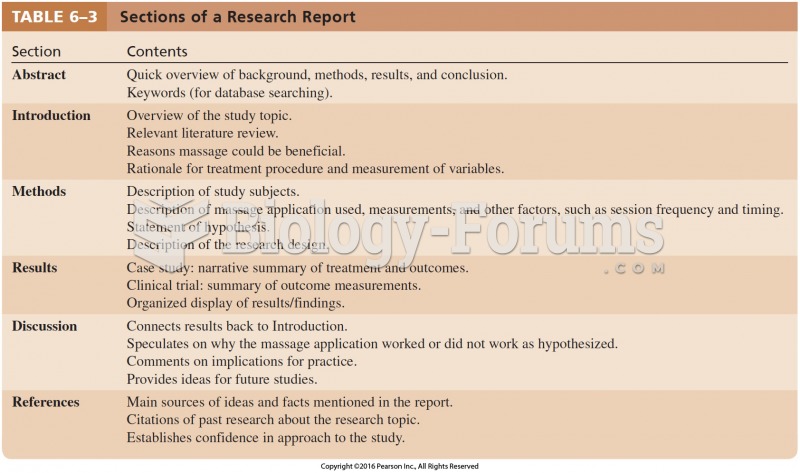Answer to Question 1KeyCite uses case status flags to indicate when there is case history that should be investigated. Depending on the color of the flag, you are warned that a case is not good law for at least one of its points, that the case has some negative history but its holding has not been reversed, or that the case has been overruled. Stars added to the citation of a citing case show the extent to which your case is discussed in the citing case. For example, four stars would indicate that the citing case contains an extended discussion of your case, and one star indicates the reference is brief.
Answer to Question 2The lack of a single, comprehensive catalogue of what is available on the Internet has led to hundreds of attempts to survey and map the Web. Lists of Web sites categorized by subject are organized into guides and directories, which can be accessed at Web sites online. These sites provide menus of topics that are usually subdivided into narrower subtopics, which themselves may be subdivided, until a list of URLs is reached. If you're uncertain of which menu to use, directories allow you to run a search of the directory site. Popular examples of online directories include Google (
www.google.com) and, for legal professionals, FindLaw (lp.findlaw.com). FindLaw offers an increasingly complete array of resources. Topic areas include cases and codes, U.S. federal resources, forms, legal subjects, software and technology, reference resources, law student resources, and many others. You should familiarize yourself with FindLaw before you undertake any legal research.







